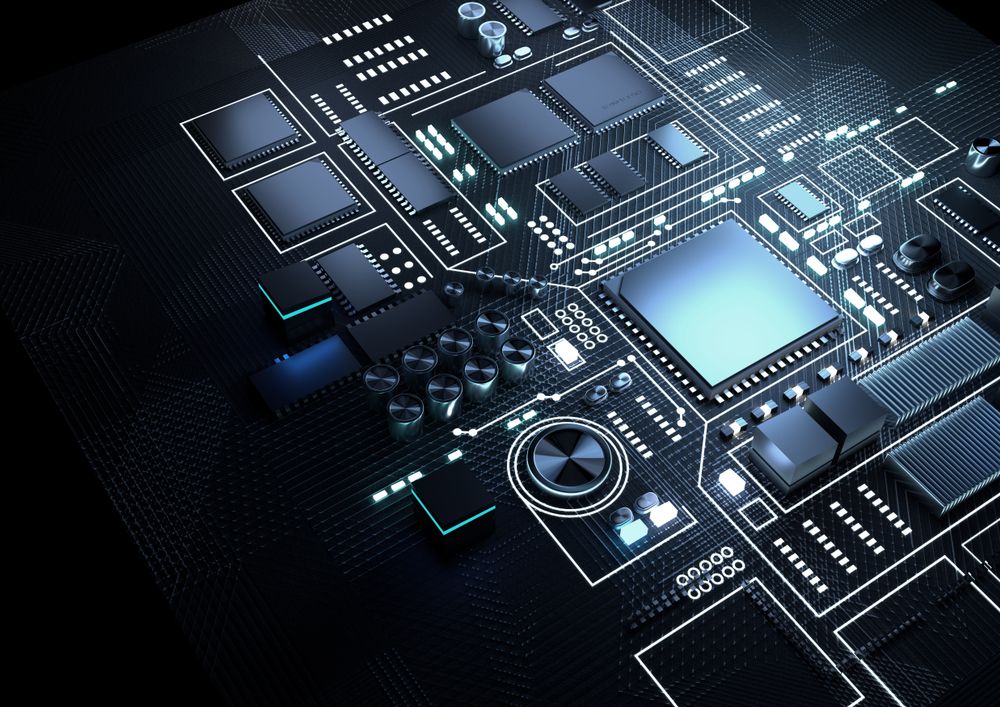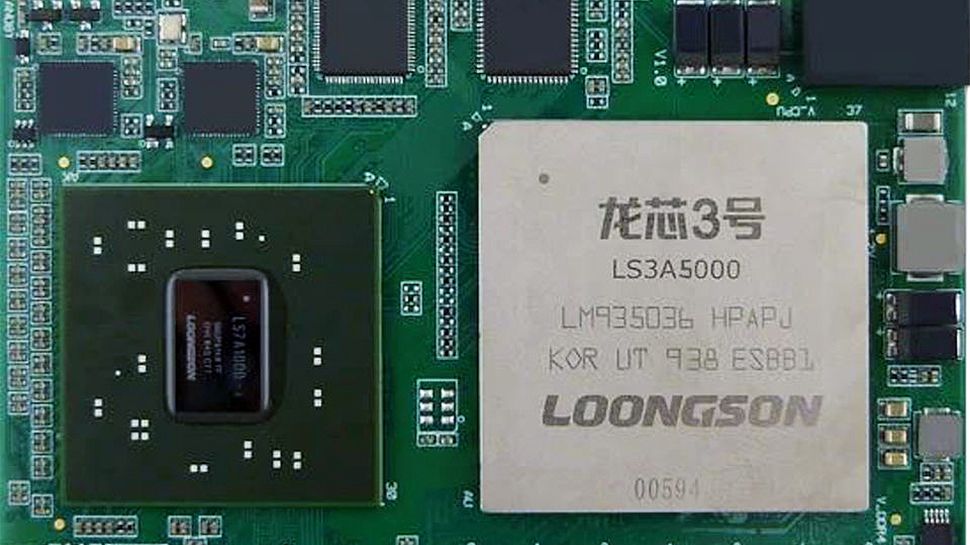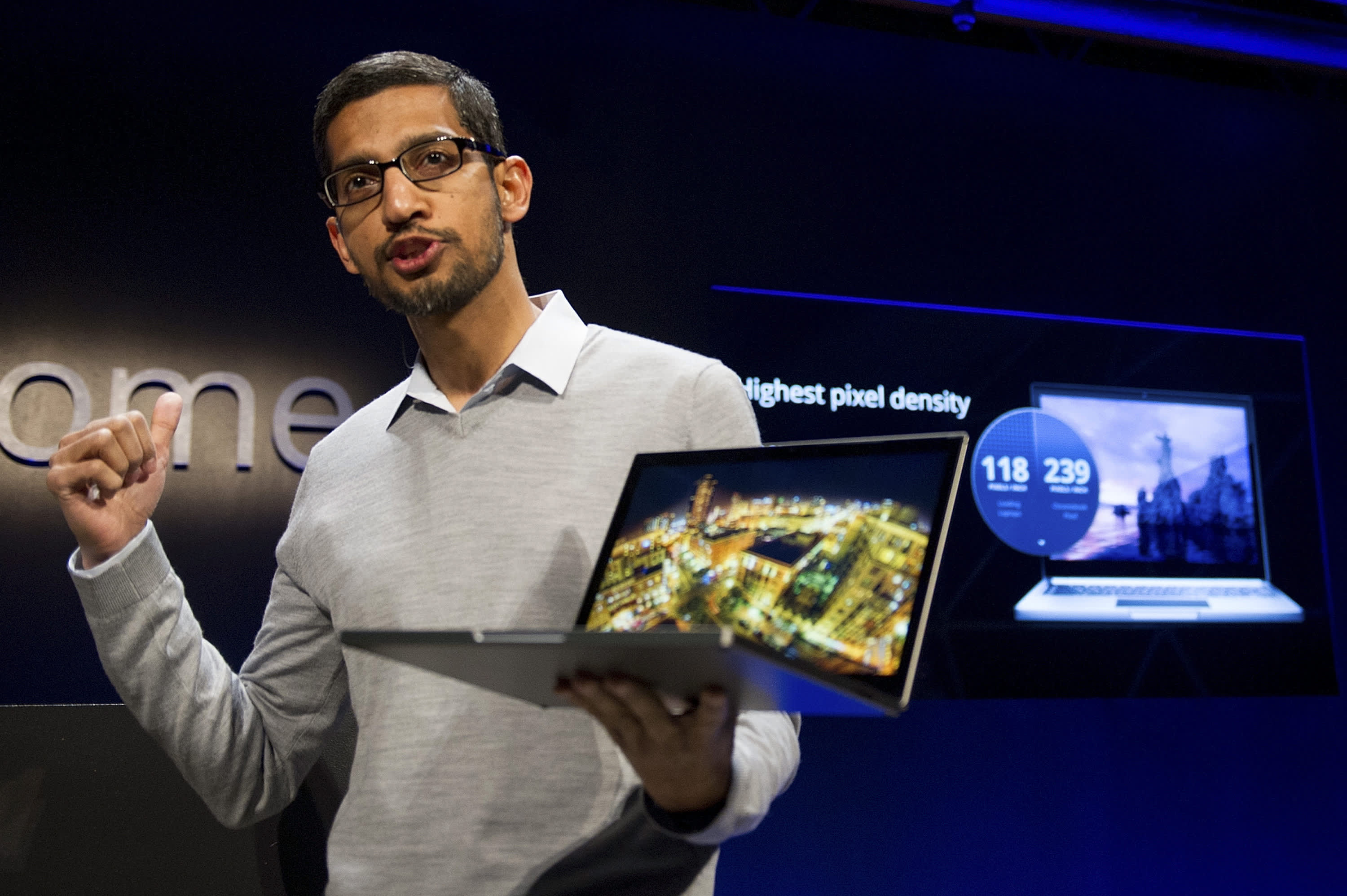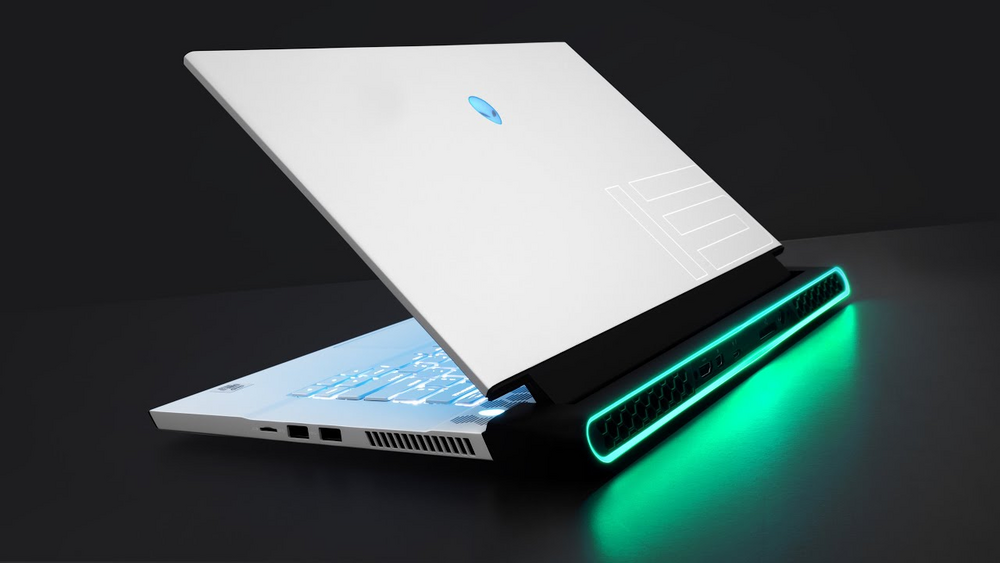
Arm Introduces Armv9 Cortex-X2, A710, and A510 CPUs, New Mali GPUs
Arm whipped the covers off its next-gen series of CPU and GPU cores based on the Armv9 architecture today, along with other system IP, all of which it packages under its Total Compute Solutions collection of technologies. These new Arm chips span from the flagship Cortex-X2 cores that will power next-gen laptops and mobile devices, with what Arm says is up to 40% more single-threaded performance than modern laptop silicon, down to high-efficiency "Little" Cortex-A710 cores that slot in for mixed uses in higher-end laptops and mobile applications. Arm also has its new Cortex-A710 on tap for the traditional 'big' CPU role, along with a new range of Mali GPU cores.
Laptops and mobile devices with the new Arm chips will debut in 2022, though the timeline will vary by the respective manufacturers. Let's dive right in and see what the near future of the Arm ecosystem looks like.
The Cortex-X2 slots in as the highest-end cores of the stack, with Arm claiming a 16% performance improvement in single-core performance at the same process node and clocks (ISO process/frequency) over the Cortex-X1, along with a doubling of machine learning performance (matrix multiplication). Arm designed the X2 cores for the highest IPC of the range and tuned the voltage/frequency curve for performance. Clusters of these cores will drop into higher-end laptops and notebooks in groups as large as eight cores enabled by the enhanced DynamIQ Shared Unit (DSU-110) fabric that ties the elements together. Eight-core X2 clusters also support up to 16MB of L3 cache and 32MB of unified System Level Cache (SLC). The CoreLink CI/NI-700 interfaces also provide connections to the other IP blocks, like GPU cores and DRAM. More on that in a bit. X2 cores will drop into the growing fleet of Windows and Arm-based Chromebooks. Arm says these devices will offer all-day battery life paired with the highest-end performance. As per usual, Arm also has both 'big' and 'Little' cores, both of which it uses for big.Little-esque designs that combine higher-performance big cores with lower-performance efficiency cores. The 'big' Cortex-A710 slots in for tasks requiring a better blend of performance and efficiency for sustained multi-core workloads, with up to 10% more performance in single-core tasks and twice the machine learning performance than the prior-gen Cortex-A78. This chip is Arm's first 'big' core to support the Armv9 architecture. The 'Little' Cortex-A510 slots in as the company's first new little core in four years and supports the Armv9 architecture. Arm claims these small efficiency cores, designed primarily for background tasks and light workloads, offer nearly the same performance as the prior-gen big cores. Arm says these cores offer up to 35% more performance in single-core work and a 3x improvement in machine learning performance over the prior-gen little cores. Notably, the A510 sports an in-order microarchitecture, which Arm says helps tune it for a wide range of efficiency-focused tasks that span from smartphones to smart home and wearable applications. The company used the latest prefetching and branch prediction tech, along with fine-grained pipeline tuning, to wring out the best efficiency and performance possible from the in-order design. Compared to the prior-gen big-core A73, Arm says the A510 is within 10% on IPC and 15% on frequency, all while consuming 35% less power. Arm also introduced its refreshed Mali GPU lineup, which the company says represents the broadest range of performance it's ever released for its graphics cores. The Mali-G710 slots in as the flagship with a claimed 20% performance improvement and 35% improvement in machine learning over the previous-gen Mali-G78. Meanwhile, the G510 slots in for applications like TV and augmented reality with 22% higher efficiency and a doubling of machine learning performance, while the lowest-end Mali-G310 slots in for low-cost devices with a claimed 6X performance increase in texturing.













/cdn.vox-cdn.com/uploads/chorus_asset/file/25299198/STK453_Privacy_A_CVirginia.jpg)


.png)







